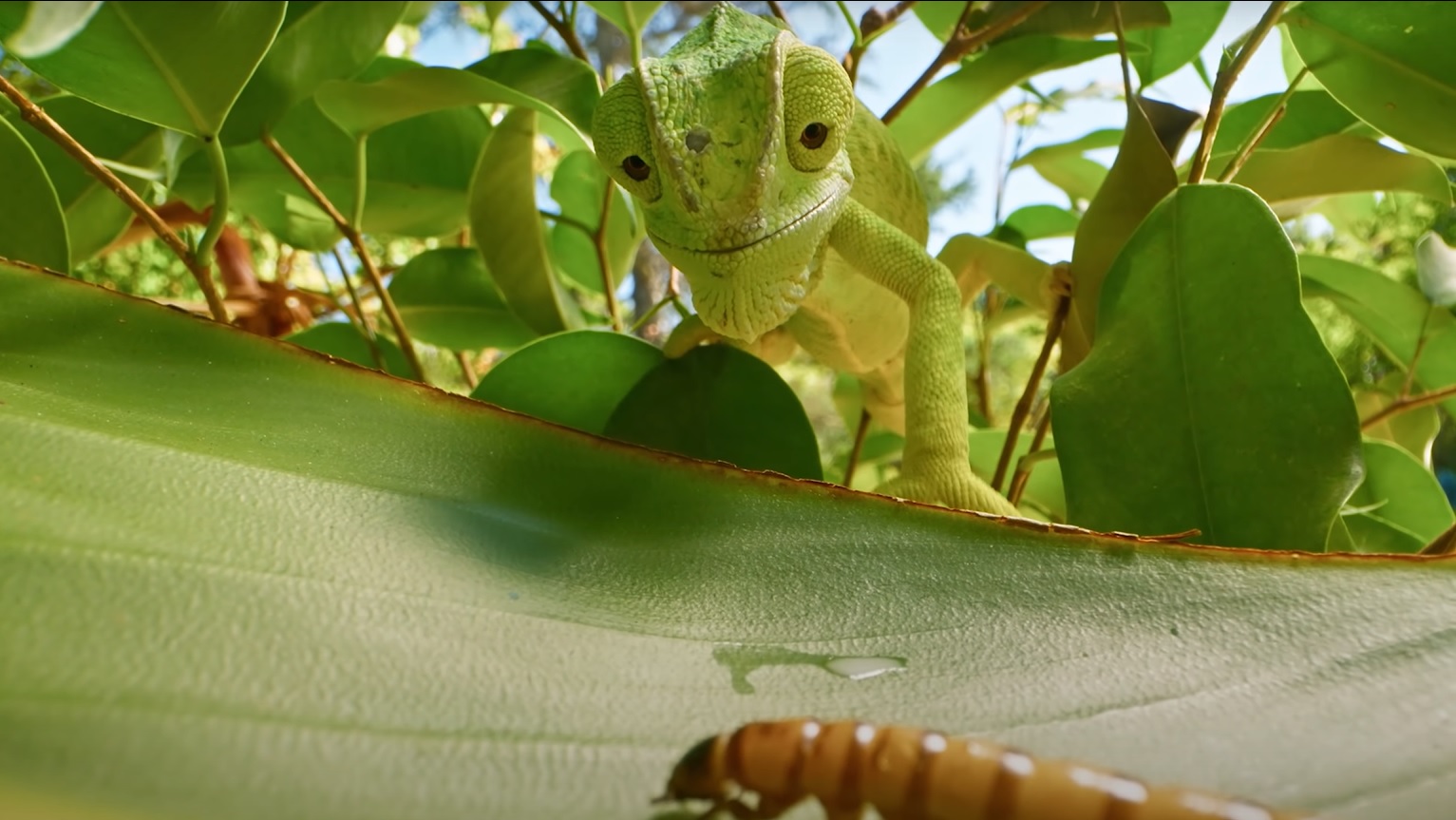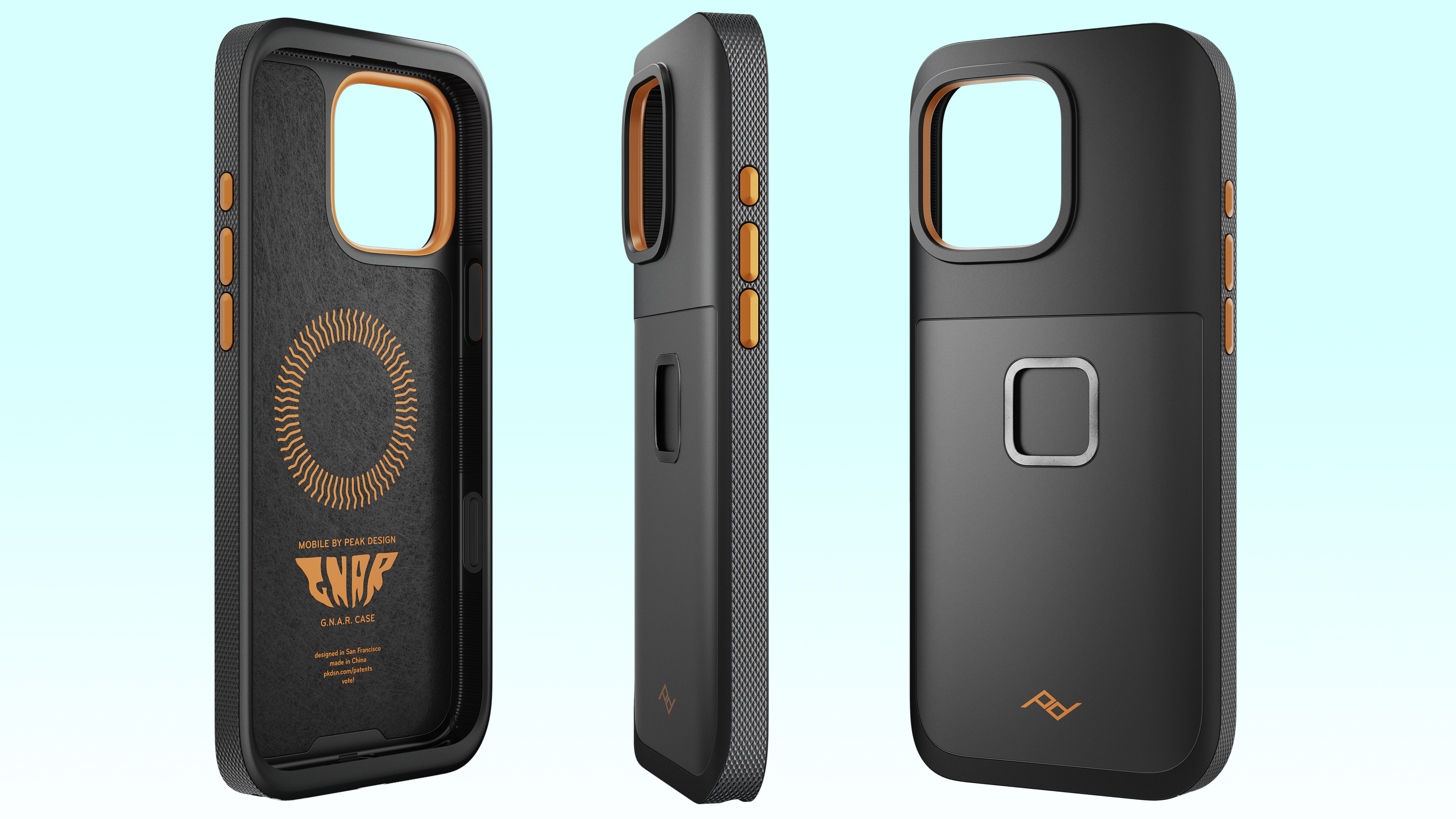Video: Guy shoots wildlife documentary for Discovery+ entirely from his garden
Shooting for Discovery+ is a dream gig, but imagine shooting it all in your back yard – YouTuber Dan Mace did just that!

If you have ever dreamed of filming or being involved in a wildlife documentary like I have, I'm sure you have imagined polar bears in the Arctic or monkeys in the Amazon rainforest.
However, YouTuber Dan Mace has managed to film an entire wildlife documentary for none other than Discovery+ about the small world of insects – entirely around the creatures that live inside his home garden in Cape Town, South Africa. To see a sample of the documentary and how he managed to capture it, take a look and the video below.
• These are the best YouTube cameras right now
Dan explains that there are over 43,565 species of insects in South Africa and probably a few hundred in his own garden – and who are we to argue? His tie-in with the Discovery channel is called The Bru Show, which showcases all of Dan's crazy ideas in his ideas book as he tries to complete them.
Dan was commissioned to film Big Little Word, with the intention to showcase what the world would sound and look like from an insect's perspective. To shoot this documentary you would think a lot of camera gear would be used, along with some filmmaking wizardry to get up close and personal to the subjects. However, everything used to film and edit this series is extremely accessible.
For the camera he uses a Sony FX3 with a Tilta case for support and rigging, the ever resourceful Laowa 24mm f/14 probe lens, a camera slider for smooth video, and a wireless follow focus, along with stock sound and music.
Dan explains that recording sound would be pointless, as he is trying to imagine how the world sounds to insects, and plans to create sound effects that mimic movement and sound of each insect – which also cuts down on editing time and un-syncing files before editing the footage. This technique of implanting sound effects after the shot was taken is a common occurrence within documentary production, especially for wildlife.
Get the Digital Camera World Newsletter
The best camera deals, reviews, product advice, and unmissable photography news, direct to your inbox!
When editing, Dan generally prefers to choose the music first and then make a rough cut to that music. With wildlife documentaries, though, he chooses to make a cut of his footage first and then proceeds to pick out music and sound effects that highlight each bug.
Personally, I think it showcases the fact that sometimes you don't need polar bears in the Arctic to start out your wildlife filmmaking career – just a bit of ingenuity and space around the area in which you live.
Read more:
Best cine lenses
Best wireless follow focus
Best filmmaking camera
Best DAWs
Best 8K camera

For nearly two decades Sebastian's work has been published internationally. Originally specializing in Equestrianism, his visuals have been used by the leading names in the equestrian industry such as The Fédération Equestre Internationale (FEI), The Jockey Club, Horse & Hound, and many more for various advertising campaigns, books, and pre/post-event highlights.
He is a Fellow of the Royal Society of Arts, holds a Foundation Degree in Equitation Science, and holds a Master of Arts in Publishing. He is a member of Nikon NPS and has been a Nikon user since his film days using a Nikon F5. He saw the digital transition with Nikon's D series cameras and is still, to this day, the youngest member to be elected into BEWA, the British Equestrian Writers' Association.
He is familiar with and shows great interest in 35mm, medium, and large-format photography, using products by Leica, Phase One, Hasselblad, Alpa, and Sinar. Sebastian has also used many cinema cameras from Sony, RED, ARRI, and everything in between. He now spends his spare time using his trusted Leica M-E or Leica M2, shooting Street/Documentary photography as he sees it, usually in Black and White.
